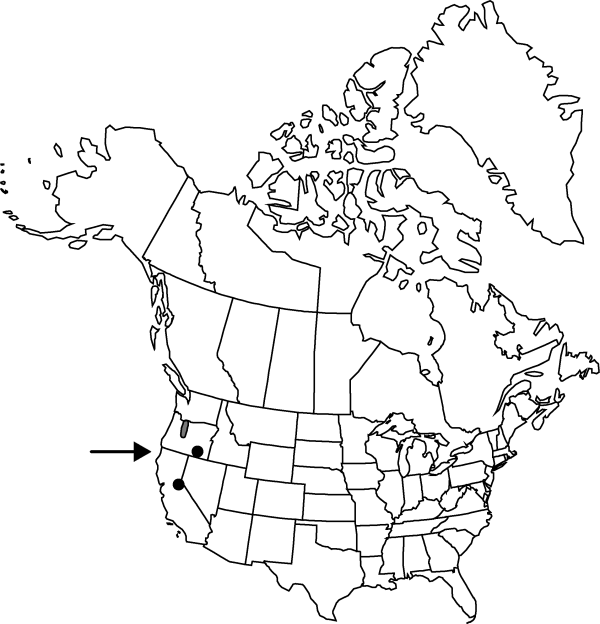Difference between revisions of "Claytonia umbellata"
Botany (Fortieth Parallel), 43, plate 6, figs. 4, 5. 1871.
Common names: Great Basin claytonia
FNA>Volume Importer |
FNA>Volume Importer |
||
| Line 33: | Line 33: | ||
-->{{#Taxon: | -->{{#Taxon: | ||
name=Claytonia umbellata | name=Claytonia umbellata | ||
| − | |||
|authority=S. Watson | |authority=S. Watson | ||
|rank=species | |rank=species | ||
| Line 48: | Line 47: | ||
|publication year=1871 | |publication year=1871 | ||
|special status= | |special status= | ||
| − | |source xml=https://jpend@bitbucket.org/aafc-mbb/fna-data-curation.git/src/ | + | |source xml=https://jpend@bitbucket.org/aafc-mbb/fna-data-curation.git/src/f50eec43f223ca0e34566be0b046453a0960e173/coarse_grained_fna_xml/V4/V4_956.xml |
|genus=Claytonia | |genus=Claytonia | ||
|species=Claytonia umbellata | |species=Claytonia umbellata | ||
Revision as of 22:44, 16 December 2019
Plants perennial, with globose tubers 10–50 mm diam., mature plants rhizomatous; periderm 5–20 mm. Stems 2–25 cm. Leaves: basal leaves somtimes absent, petiolate, 5–25 cm, blade elliptic to rhombic, 1–3 × 0.2–2 cm; cauline leaves petiolate, blade elliptic to ovate 1.5–5 × 1–3 cm, abruptly tapered at base. Inflorescences ebracteate. Flowers 8–14 mm diam.; sepals 5–7 mm; petals pink to magenta, 6–12 mm; ovules 6. Seeds 1–2 mm, smooth and shiny; elaiosome 1 mm or less. 2n = 16.
Phenology: Flowering May–Aug.
Habitat: North- and east-facing talus and scree slopes of drier mountain areas, subalpine coniferous forests
Elevation: 100-3000 m
Discussion
Of conservation concern.
Selected References
None.
Lower Taxa
None.
